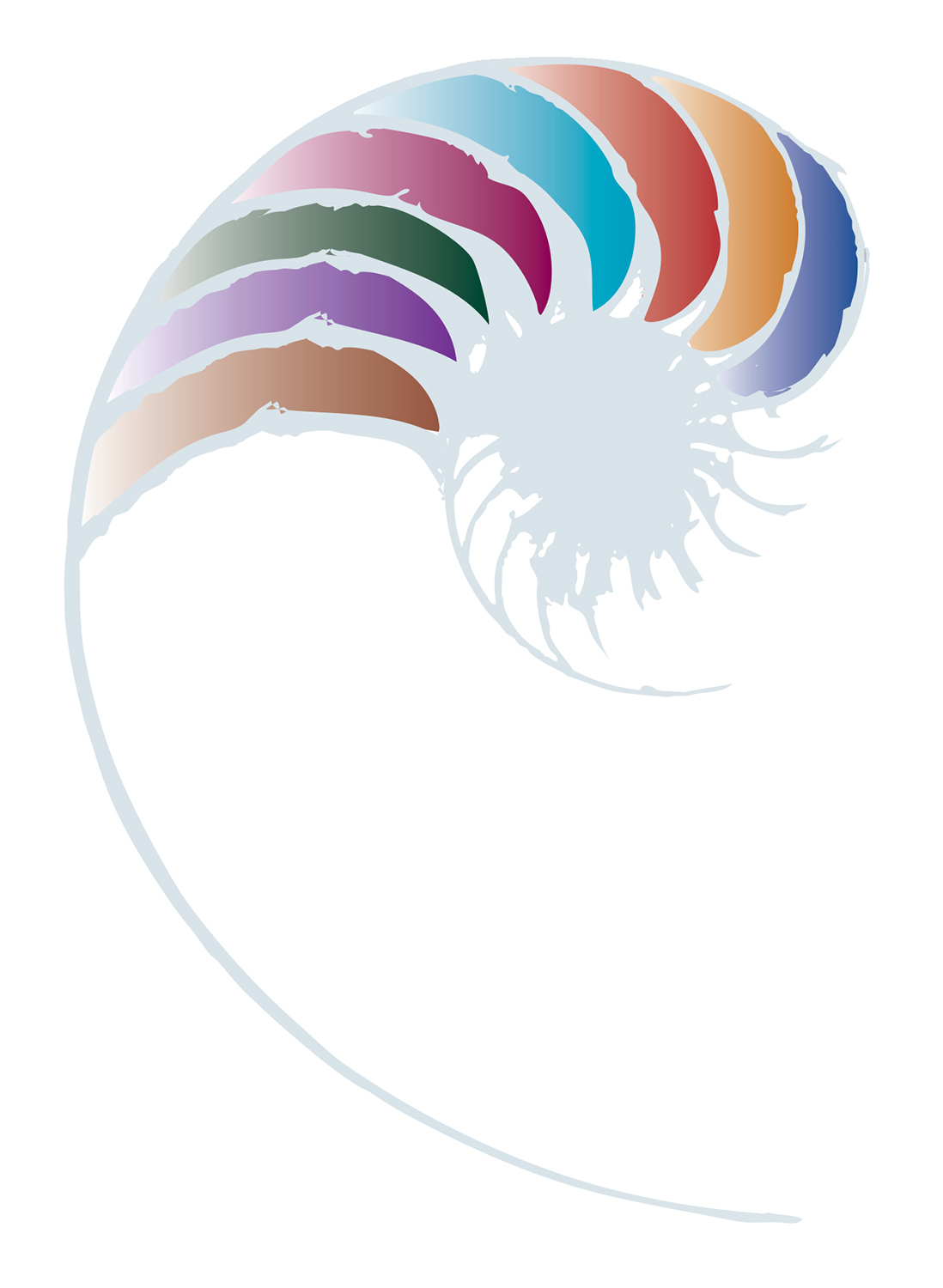Ngā Toi
Arts
An introduction to ngā toi (the arts) in Te Whāriki along with ideas and resources to help mokopuna learn through and about the arts.

Introduction to the arts in early learning
‘The arts’ is the collective term for different types of creative expression. Some examples include music, storytelling, dance, visual arts, digital design, and drama.
Creativity, curiosity, and cultural identity are nurtured through arts learning experiences. When mokopuna engage in the arts, they are developing increasing competence in symbolic, abstract, and imaginative thinking.
The arts are one way that mokopuna can explore important experiences, thoughts and feelings in their lives, as well as in the wider world. The arts can help them to better understand complex ideas and different perspectives.
Some examples of this include:
- using drawing to process important events such as the arrival of a new sibling, going on a holiday or a local natural disaster
- painting important people, places and things in their lives
- using performance to engage with wider world issues such as climate change or endangered animals
- dancing and movement to show how they are feeling
- music-making to explore and tell stories from their own and other cultures.
In all societies and cultures, the arts have been crucial for recording history, strengthening communities, and shaping the future. In Aotearoa New Zealand they are powerful forms of expression that contribute to the unique bicultural and multicultural character of the nation.
Cultural histories, values, ideas, and stories are the elements that performers, artists, storytellers, dancers, actors, and creators often take inspiration from. This is the case for mokopuna as well as adults.
The arts are for all of us – they can help mokopuna, kaiako and whānau know who they are and what they might become. They enrich our lives.
The strands and goals of Te Whāriki illustrate the value of the arts for mokopuna. When kaiako consider curriculum design and planning for the arts in early childhood services, it can be useful to recognise that mokopuna learn through the arts and also learn about the arts.
- Learning about the arts
- Learning through the arts
- The role of kaiako
- Māori and Pacific arts
- STEAM
- Useful resources

When the arts are used in ways that encourage active engagement, they support the development of specific art knowledge and skills. However, other skills and knowledge are developed by mokopuna as well.
The arts are a particularly good context for learning about:
- identity, well-being, self-expression and emotional regulation
- cultural ways of being, doing, and knowing
- new perspectives – by playing around with and trying out new roles and ideas
- communicating experiences and ideas through a range of different arts languages
- working independently and collaboratively
- evaluating, problem-solving and thinking critically.
Where kaiako foster inquiry-based learning projects using the arts, the questions, interests and developing working theories of mokopuna are listened to carefully. Kaiako respond by designing learning experiences that are connected to mokopuna ideas. These can run over an extended period. The various languages of the arts can enrich and deepen such learning, offering mokopuna multiple perspectives and ways of engaging with and responding to a range of different ideas.
Kua kite rānei koe?
About this resource
This resource introduces ngā toi (the arts) in Te Whāriki along with ideas and resources to help mokopuna learn through and about the arts. Provides guidance about the role of kaiako, ngā toi Māori, Pacific arts, the concept of 'STEAM' and useful resources.











